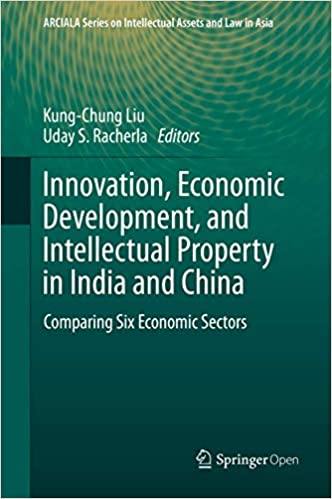Edited by Kung-Chung Liu and Uday S. Racherla
India and China make a perfect comparison pair in the area of IT industry, with each having its unique strength and potential for cooperation and synergy. Due to heavy involvement of Indian IT firms in software outsourcing arrangement by MNEs, the IP or patent resources are not important. This is especially true when compared with Chinese IT firms, which have much larger patenting volume (compared with other manufacturing sectors). Film industry in India and China has grown despite piracy. In other words, it prospered with little or no copyright protection. More importantly, piracy in China and India did not kill the content industry, film and music alike, but probably helped in building the customer base and cultivating future demand, which might not be true for a small economy with a sophisticated audience such as Hong Kong. India can look at China to find IT means for delivery and payment of cinematographic content. India and China make a perfect comparison pair in the pharmaceutical industry as well. This time around, China can learn much from India. Although there is an increase in the number of patented drugs in the pharmaceutical industry in China, patents have made relatively low contribution to the industrial value, and IP held by Chinese firms is less competitive compared with that of foreign companies. In contrast, major Indian generic companies continue to invest sizeable shares of their sales turnover in R&D, which was manifest in their patenting behavior. They were more active in filing patent applications in foreign jurisdictions, but significantly less so in domestic patenting. The Indian automobile industry’s absorption of global best practices has been slower than its Chinese counterpart. Strategies of firms in the Chinese auto industry provided a boost to technological learning more quickly and broadly than in India, especially in the electric vehicle sector. India can benefit from learning from China. IP has a relatively limited role in the development of the automobile industry in India and China.
The outcome of this project is a book titled “Innovation, Economic Development, and Intellectual Property in India and China: Comparing Six Economic Sectors”, edited by Kung-Chung Liu and Uday S. Racherla, which has been published by Springer in 2019.

Last updated on 12 Jul 2021 .